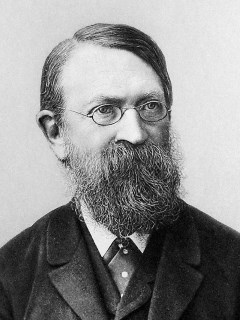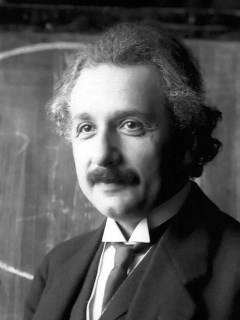
Publication details
Publisher: Springer
Place: Berlin
Year: 1995
Pages: 313-315
Series: Vienna Circle Institute Yearbook
ISBN (Hardback): 9789048146178
Full citation:
, "Julian B. Barbour, Herbert Pfister, Mach's principle" Vienna Circle Institute Yearbook 3, 1995, pp. 313-315


Julian B. Barbour, Herbert Pfister, Mach's principle
pp. 313-315
in: Werner Depauli Schimanovich, Eckehart Köhler, Friedrich Stadler (eds), The foundational debate, Berlin, Springer, 1995Abstract
The relation between Ernst Mach and Albert Einstein is probably one of the most debated issues in the history of twentieth century physics. For many physicists general relativity is the paradigm ofhow a mature theory should look. This opinion was supported by philosophers, in particular logical empiricists, to whom general relativity was the main touchstone of their principles of theory formation. Mach's principle penetrates all three domains. Einstein's first formulation of it in 1918 read: "The G-field is without remainder determined by the masses of the bodies. Since mass and energy are... the same.. .this therefore entails that the G-field be condi tioned and determined by the energy tensor"(67).
Cited authors
Publication details
Publisher: Springer
Place: Berlin
Year: 1995
Pages: 313-315
Series: Vienna Circle Institute Yearbook
ISBN (Hardback): 9789048146178
Full citation:
, "Julian B. Barbour, Herbert Pfister, Mach's principle" Vienna Circle Institute Yearbook 3, 1995, pp. 313-315


